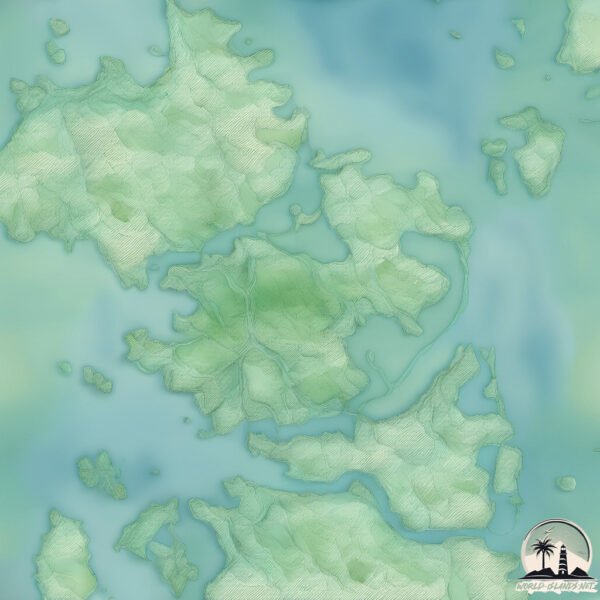South Twin

Welcome to South Twin, a Temperate island in the Yellow Sea, part of the majestic Pacific Ocean. This guide offers a comprehensive overview of what makes South Twin unique – from its geography and climate to its population, infrastructure, and beyond. Dive into the details:
- Geography and Size: Explore the island’s size and location.
- Climate and Weather: Weather patterns and temperature.
- Topography and Nature: Uncover the natural wonders of the island.
- Infrastructure and Travelling: Insights on reaching, staying, and making the most of your visit.
- News and Headlines: Latest News.
Geography and size of South Twin
Size: 61.9 km²
Coastline: 53.1 km
Ocean: Pacific Ocean
Sea: Yellow Sea
Continent: Asia
South Twin is a Medium Island spanning 62 km² with a coastline of 53 km.
Archipel: –
Tectonic Plate: Eurasia – One of the world’s largest tectonic plates, the Eurasian Plate covers a significant portion of Europe and Asia. It’s characterized by diverse geological features, including the Ural Mountains, the European Plain, and the Himalayas formed from its collision with the Indian Plate.
The geographic heart of the island is pinpointed at these coordinates:
Latitude: 34.83657594 / Longitude: 126.10700719
Climate and weather of South Twin
Climate Zone: Temperate
Climate Details: Humid Subtropical Climate
Temperature: Hot Summer
Climate Characteristics: With continuous rainfall and hot summers, this climate is common in some coastal regions, supporting diverse vegetation.
Topography and nature of South Twin
Timezone: UTC+09:00
Timezone places: Asia/Tokyo
Max. Elevation: 221 m
Mean Elevation: 29 m
Vegetation: Evergreen Needleleaf Forest
Tree Coverage: 97%
The mean elevation is 29 m. The highest elevation on the island reaches approximately 221 meters above sea level. The island is characterized by Hills: Gently sloping landforms with rounded tops, having a maximum elevation between 200 and 500 meters. Hills contribute to a varied landscape on islands.
Dominating Vegetation: Evergreen Needleleaf Forest
Dominated by evergreen coniferous trees such as pines and firs, which retain their needle-like leaves throughout the year. These forests are often found in cooler climates. South Twin has a tree cover of 97 %.
Vegetation: 13 vegetation zones – Exceptionally Diverse Island
Islands with more than ten vegetation zones are among the most ecologically rich and varied in the world. These islands are akin to miniature continents, boasting an incredible array of ecosystems. The sheer range of habitats, from high peaks to deep valleys, rainforests to deserts, creates a mosaic of life that is unparalleled. They are crucial for conservation and ecological studies.
Infrastructure and Travelling to South Twin
Does the island have a public airport? no.
There is no public and scheduled airport on South Twin. The nearest airport is Muan International Airport, located 29 km away.
Does the island have a major port? no.
There are no major ports on South Twin. The closest major port is MOKPO, approximately 26 km away.
The mean population of South Twin is 36 per km². South Twin is Gently Populated. The island belongs to South Korea.
Continuing your journey, Palegeumdo is the next notable island, situated merely km away.
Landing at South Twin Island



South Korea is classified as Emerging region: MIKT: Mexico, Indonesia, South Korea, and Turkey – Economies recognized for their development potential and emerging market status. The level of income is High income: OECD.
News – Latest Updates and Headlines from South Twin
Stay informed with the most recent news and important headlines from South Twin. Here’s a roundup of the latest developments.
Please note: The data used here has been primarily extracted from satellite readings. Deviations from exact values may occur, particularly regarding the height of elevations and population density. Land area and coastline measurements refer to average values at mean high tide.
